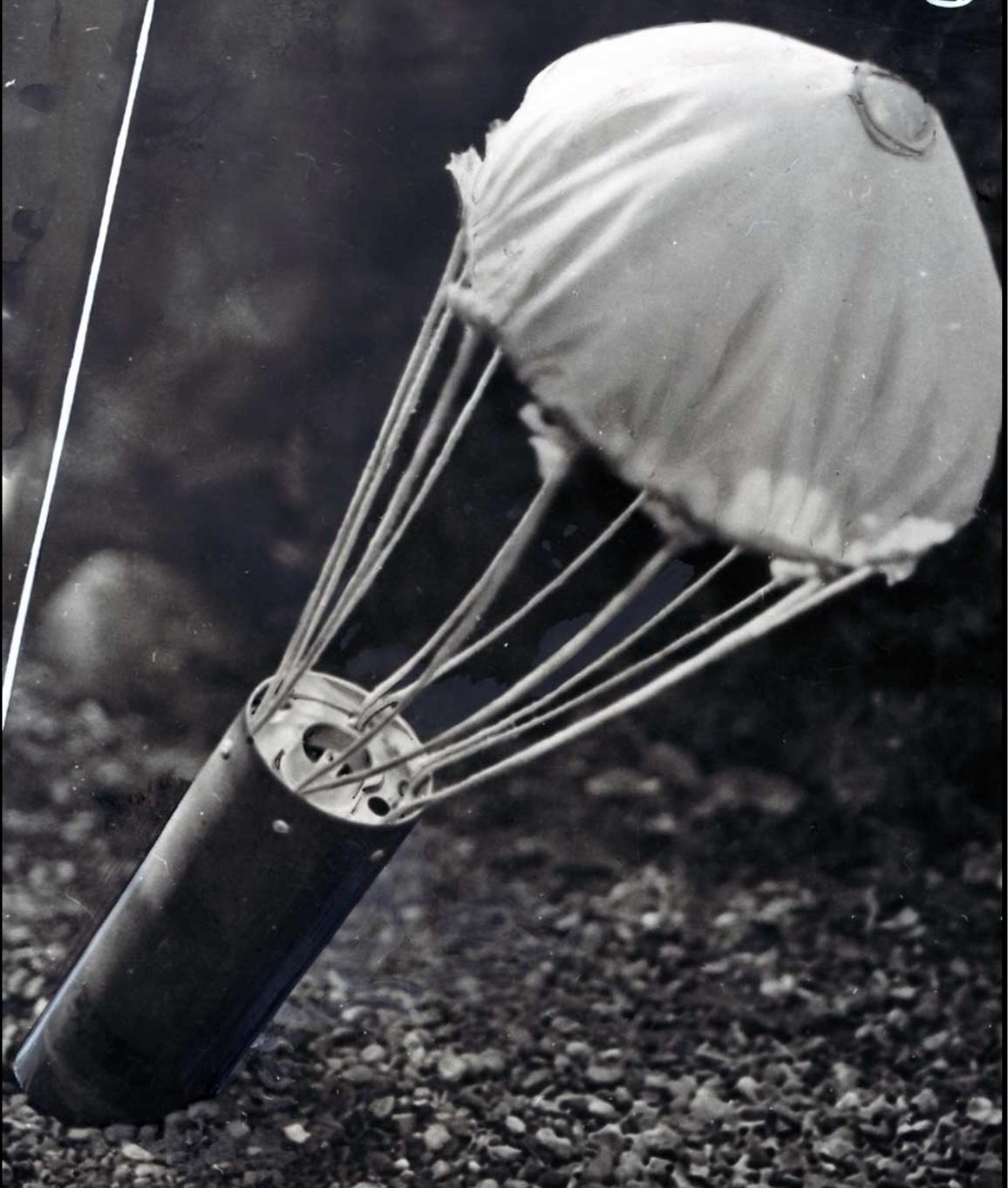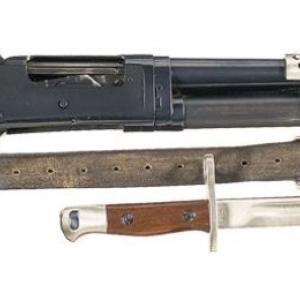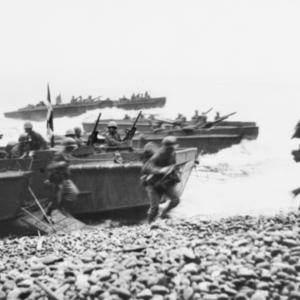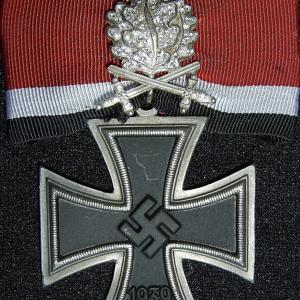
RAF incendiary bombs
During the Second World War, the Royal Air Force employed a wide range of incendiary bombs as part of its strategic bombing campaign against Germany. Unlike high-explosive bombs, which were designed to demolish structures through blast effects, incendiary bombs aimed to ignite widespread fires that would destroy cities from within, overwhelm firefighting efforts, and disrupt both civilian life and industrial productivity. These weapons proved especially devastating in densely populated urban areas with tightly packed buildings, many of which were constructed with flammable materials such as wood, tar, and plaster.
The use of incendiaries followed a deliberate strategy. High-explosive bombs were typically dropped first to damage buildings, tear open roofs, and sever water mains, rendering fire suppression nearly impossible. Incendiary bombs were then released in large numbers to ignite fires across the damaged landscape. This combination often led to uncontrollable blazes and, in some cities, firestorms—immense infernos fueled by strong inrushing winds that reached temperatures high enough to melt metal and create self-sustaining walls of flame.
One of the most commonly used incendiary devices by the RAF was the 4-pound magnesium incendiary bomb, sometimes referred to simply as the "IB." This small but deadly device consisted of a magnesium alloy body with a nose fuze and tail fins for aerodynamic stability. Upon impact, a small thermite charge in the nose ignited the magnesium casing, which burned at temperatures exceeding 2,000 degrees Celsius. Water was ineffective in extinguishing such fires, and the bombs were capable of burning through roofs, floors, and even thin metal surfaces.
The core igniting mixture typically included a blend of barium nitrate and powdered aluminum to ensure ignition and intense combustion. Some variants included a time-delay mechanism or small explosive charge designed to spread burning fragments upon ignition, further increasing the likelihood of secondary fires. Others were equipped with booby-trap mechanisms intended to kill or injure firefighting personnel who attempted to move them.
The RAF also used cluster munitions known as Small Bomb Containers, which were deployed from bombers and opened in mid-air to scatter large numbers of incendiaries over a wide area. A single bomber could release hundreds of these bombs in a single sortie. Later in the war, more advanced types were introduced, including phosphorus-based incendiaries and explosive-incendiary hybrids that were especially difficult to contain.










